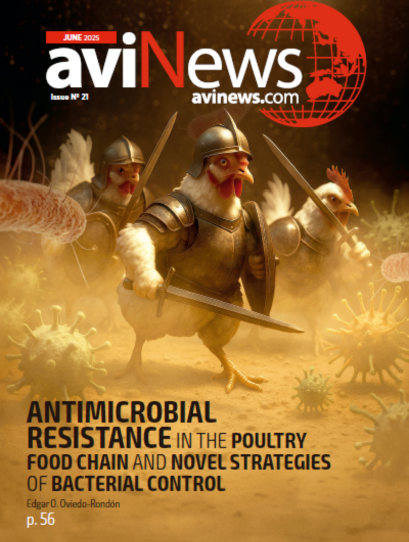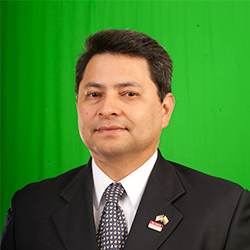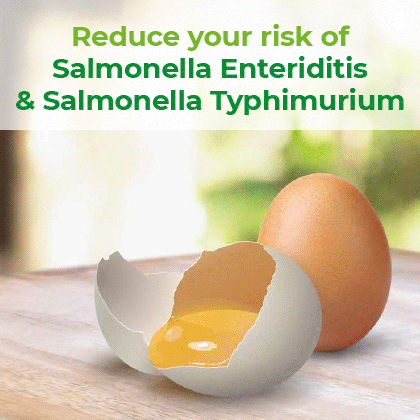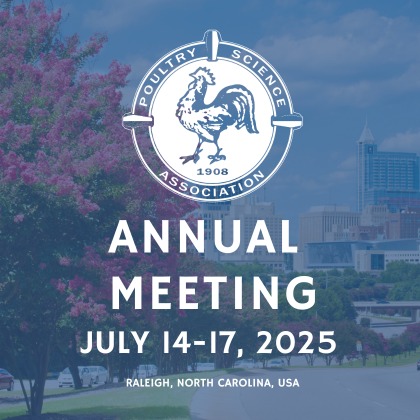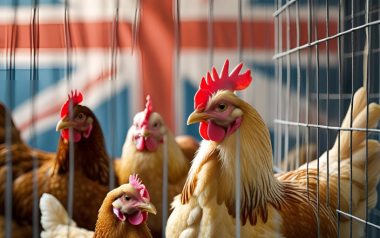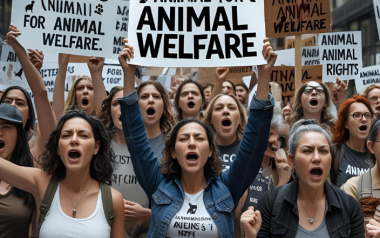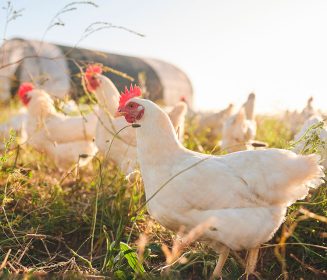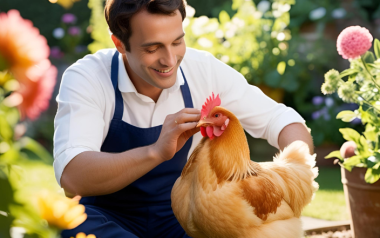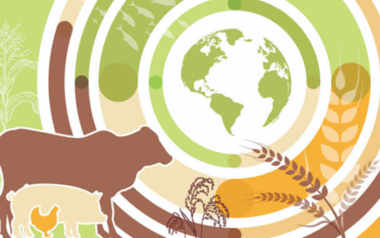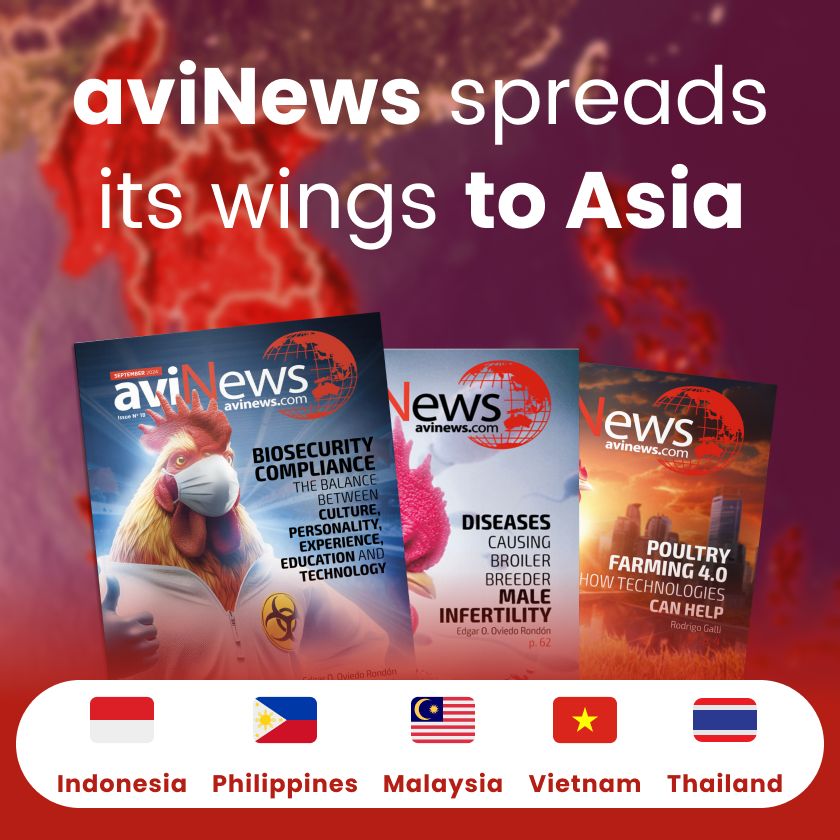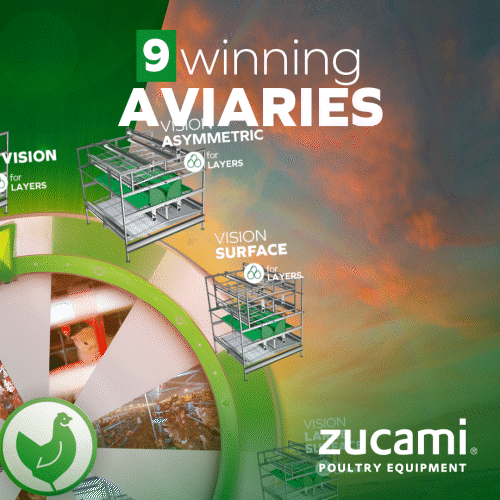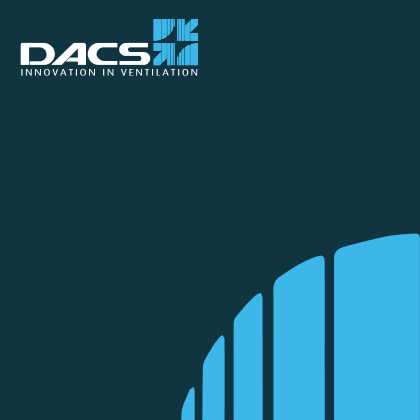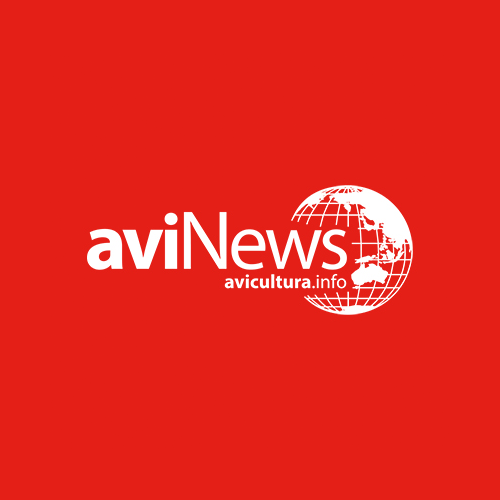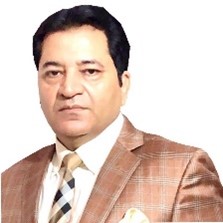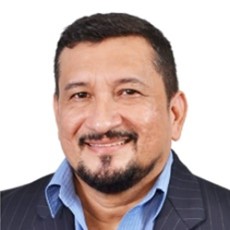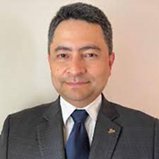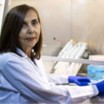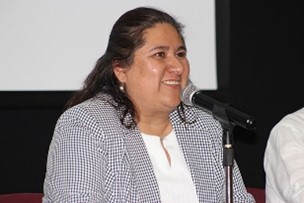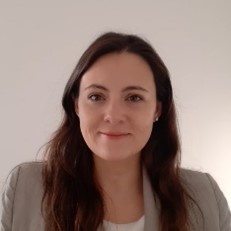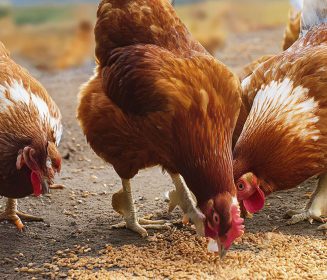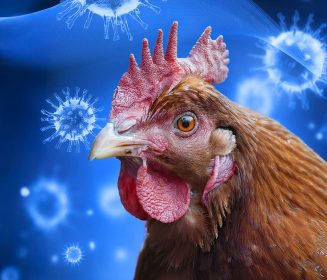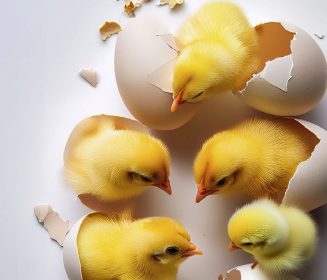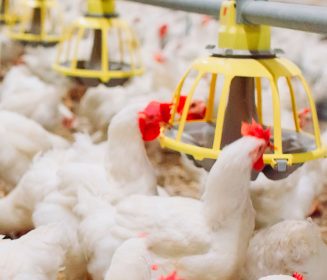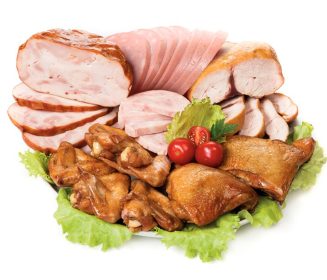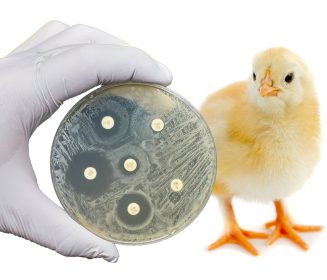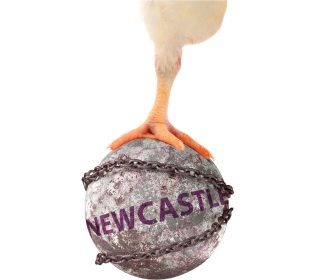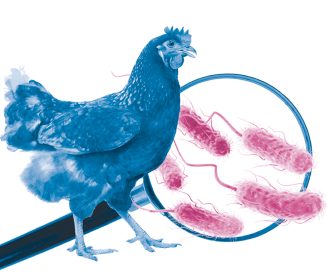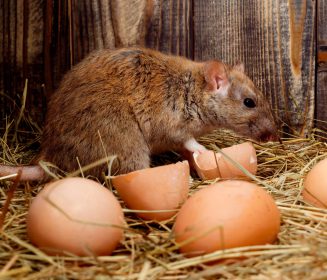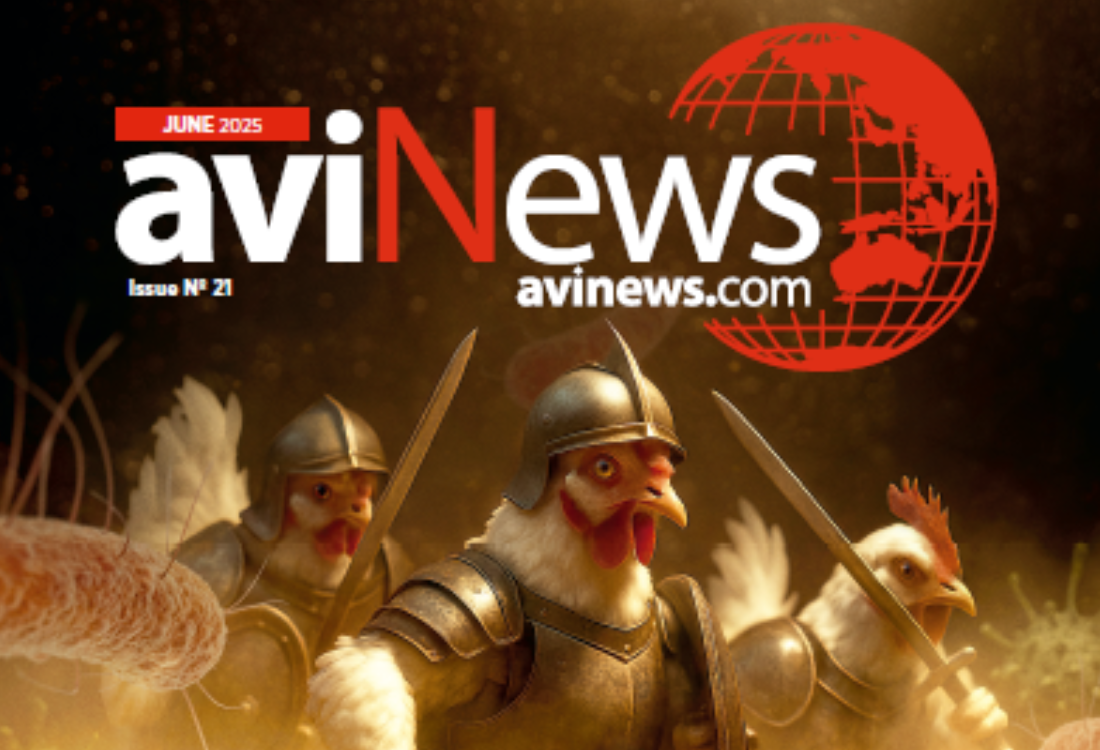20 Apr 2023
Future of bird health and welfare assessments: Using the IoA
The poultry industry has been receiving some of the benefits of the rapid expansion of electronic sensors, devices, telecommunications, software, the internet, and cloud-based connectivity. However, new developments in these areas can take us to a whole new level...
Available in other languages:
Content available at:
Español (Spanish)
In this article, we will review some of the sensors currently under evaluation and some that are already being used to assess poultry welfare using the Internet of Animals, IoA.
The poultry industry has been receiving some of the benefits of the rapid expansion of electronic sensors, devices, telecommunications, software, the internet, and cloud-based connectivity. However, new developments in these areas can take us to a whole new level.
- The adoption rate of new technologies in the poultry industry is one of the highest in the agricultural sector. One of the most disruptive technologies is the Internet of Things (IoT), the network of interconnected devices and software without human
- In the poultry sector, the Internet of Animals (IoA) starts when these interconnected systems transfer data to the network related to the animal environmental conditions and the animal responses to be used in decision-making or to take immediate actions.
- The IoA belongs to the technological movement of smart farming and precision livestock farming technologies.
- The IoA can help to improve the efficiency, biosecurity, food safety, welfare, sustainability, and transparency of the poultry industry.
In the Internet of Animals, IoA, electronic sensors that measure physiological parameters may make a difference in future welfare assessments.
- Sound measurement can detect stress, infectious and parasitic diseases, or changes in feed consumption.
- Imaging technologies such as optical flow can detect walking problems, feather pecking, and early signs of infectious
TO CONTINUE READING REGISTER IT IS COMPLETELY FREE
Access to articles in PDF
Keep up to date with our newsletters
Receive the magazine for free in digital version
REGISTRATION
ACCESS
YOUR ACCOUNT
LOGIN
Lost your password?

